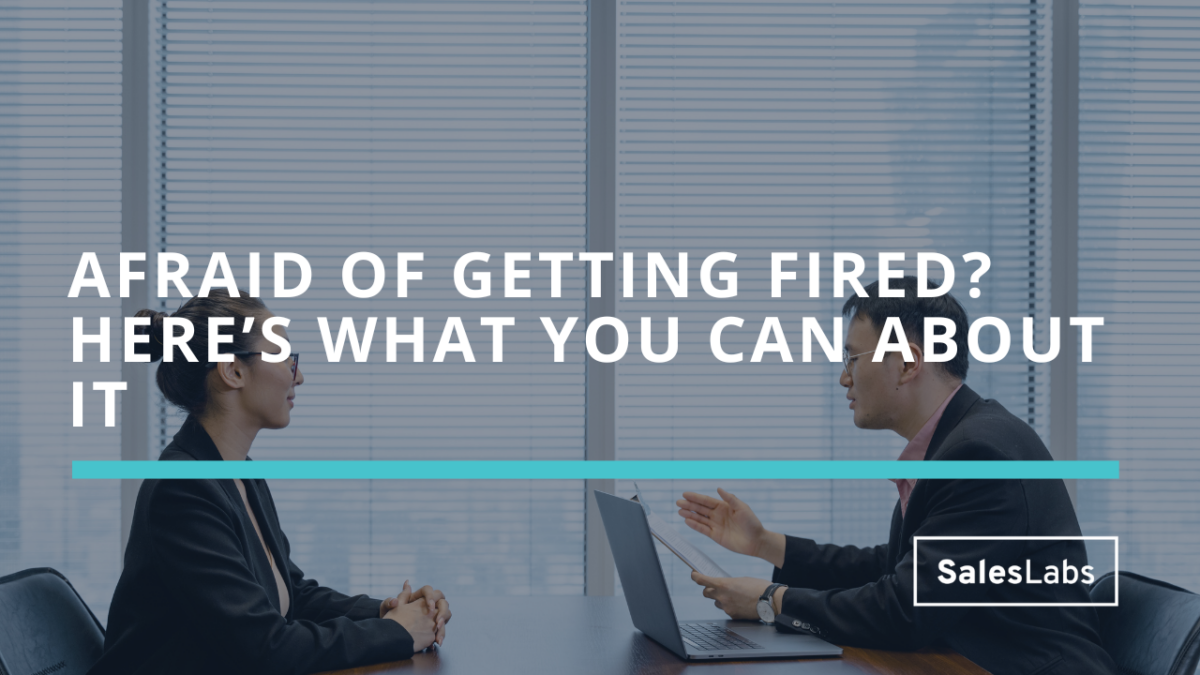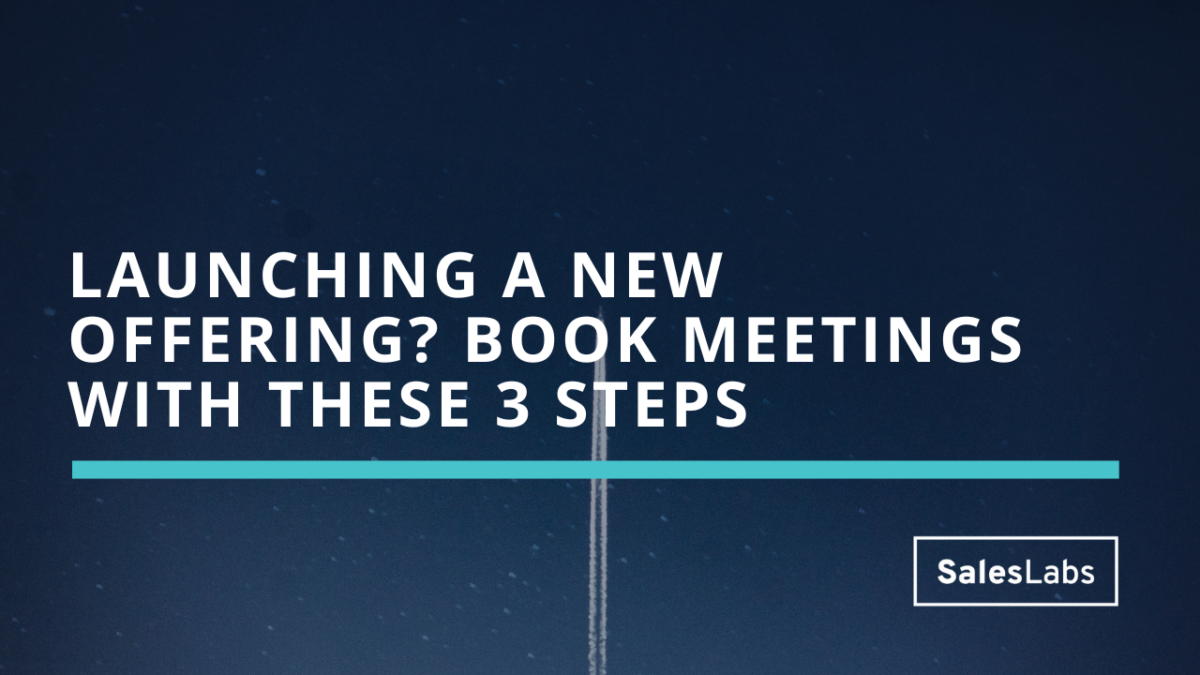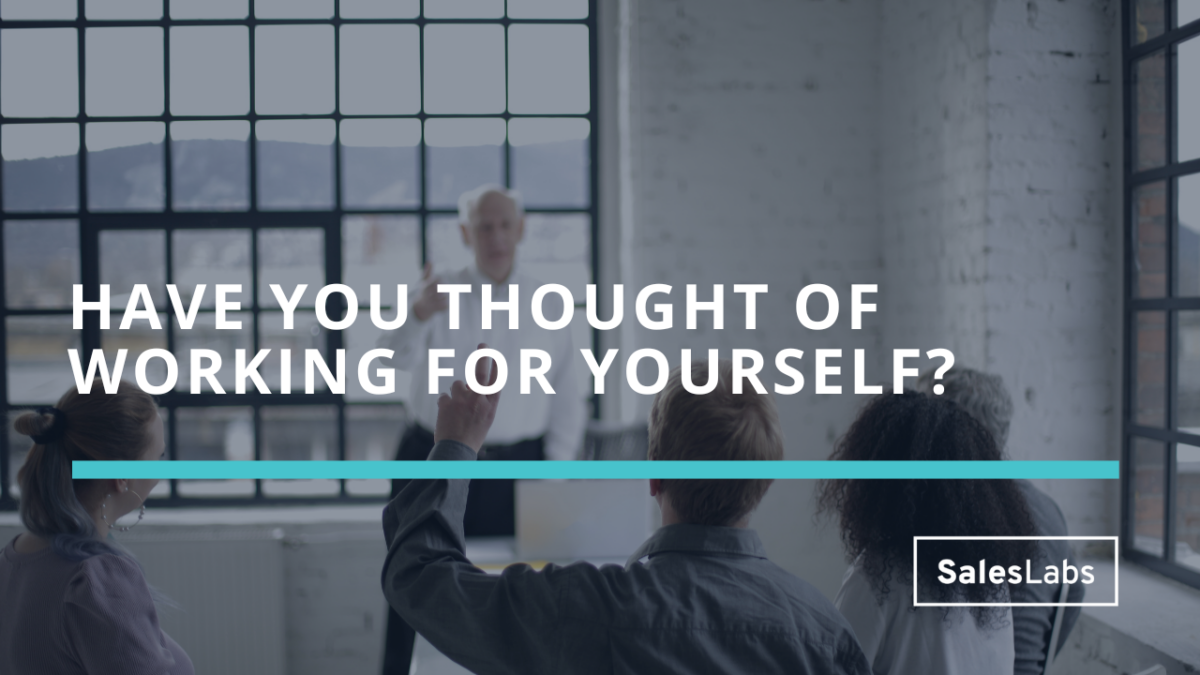How I use WhatsApp in sales: 5 concrete use cases
In today’s newsletter, I’ll share 5 concrete use cases for using WhatsApp in sales. Since I moved to Mexico, I’ve noticed that people are using WhatsApp for everything. From buying cars to signing up for insurance, it’s everywhere.
In the meantime, prospecting tactics that worked great a few months ago are not working anymore. It’s harder than ever to get noticed, which is a great opportunity to add WhatsApp to your sales tech stack.
Here are 5 concrete use cases you can use, right now:
Reengaging with old prospects
I wrote a detailed guide on how I booked meetings with old prospects using WhatsApp. Instead of using emails to communicate, I now ask prospects to share their WhatsApp number. This allows us to have a more informal and direct communication, and many appreciate that.
My secret sauce is to use WhatsApp voice notes. It allows me to go straight to the point, without having to open my computer. I don’t need to send a long email, or record a video (go check Sendspark if you want to use video for prospecting, btw).
Since I implemented WhatsApp to reconnect with prospects, I’ve seen a crazy uptick in my reply rate, and I can even have asynchronous conversations with them.
Taking discovery calls
I have discovered this use case as I was taking a WhatsApp call with the Founder of an SDR marketplace. I was walking in the mall of Irapuato (the city where my wife is from), and I noticed how direct and efficient the conversation was.
Instead of sitting down in a Zoom meeting, trying to get the mic to work, and excusing myself for having my kid running in the background, I was super focused on the conversation, while taking a walk.
This is an incredible finding for running a discovery call. Most SaaS discovery calls end up in screen sharing and platform demos, which is the perfect conversation killer.
Now without screen sharing or camera, most people focus on the conversation, and they tend to pay more attention. No more tab switching, no more keyboard clacking.
Moving deals further
By far my favorite use case. When I finish my discovery calls, I ask my prospects if they are OK to share their WhatsApp number with me. Most are.
This allows me to quickly move deals further. I drop a voice note saying something like:
“Mary, last time we spoke, you said you needed to get the offer I shared with you in front of your CEO. What can I do to help you get it done by the end of the day?”
My wife used a variation of this with a decision-maker and she closed a €42K deal on the last day of Q3.
Sharing proposal
WhatsApp is so powerful because you can use it to share all types of documents. From PDFs, to videos, to images, it’s the ultimate communication tool. Sharing an offer on WhatsApp is a great way to get immediate feedback on an offer.
As I was writing this newsletter, I received an offer from a barber shop in Irapuato.

Not an interesting offer for me, but I least I paid attention to it.
How many times have you been ghosted after sending an offer? Now you can use texts, images, voice notes, videos, and GIFs to get replies.
Prospecting
This last use case is also the trickier. Instead of using a landline to cold call your prospects, you can use WhatsApp to get direct access to your prospects. You can use a tool like Kaspr to find their mobile phone number (use my link to get 20% off on every purchase you do in your first year).
Once you have the phone number, add the prospect to your contact book and see if they are on WhatsApp. Give them a call (most won’t reply), and drop a voice note.
With this tactic, you’ll get a lot more replies (some may be angry ones, but it’s worth the risk).
And these are 5 concrete sales use cases for WhatsApp. If you’re having a hard time getting replies, adding this channel is a good way to start more conversations with prospects, and generate opportunities. It’s also a great way to move deals further, so don’t hesitate to ask your prospects for their WhatsApp numbers.
Hope this helps.
Cheers,
Thibaut Souyris
P.S. When you’re ready, here are 3 ways I can help you:
Subscribe to the Newsletter
Get my free, 4 min weekly newsletter. Used by 5.900+ salespeople to book more meetings and work when, where, and how they want.
Subscribe to the Newsletter
Get my free, 4 min weekly newsletter. Used by 5.900+ salespeople to book more meetings and work when, where, and how they want.

















